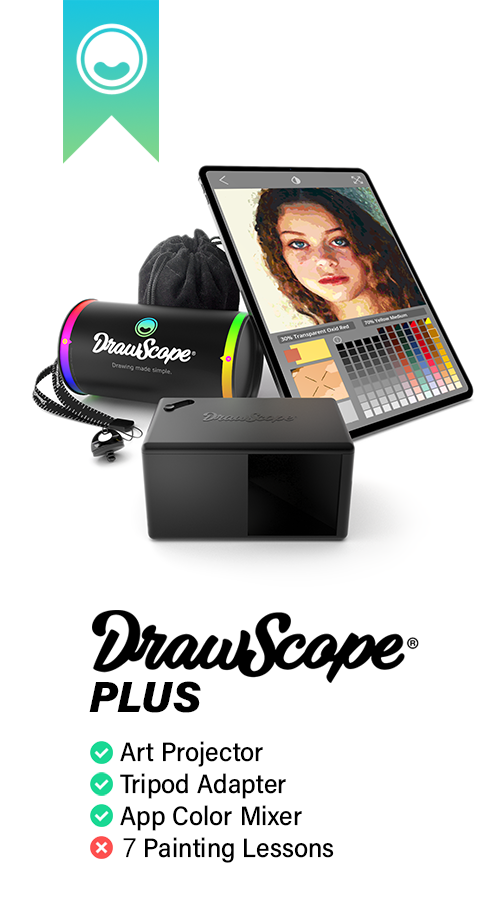In the world of art and design, the Camera Lucida remains an indispensable tool for artists seeking precision and realism in their work. With various models available in the market, each offers unique features tailored to different artistic needs. In this comparison, we'll delve into the general advantages and disadvantages of the prevalent models, juxtaposing them with the distinct qualities of a hypothetical advanced version we'll refer to as the DrawScope.
Common Camera Lucida Models: Pros and Cons
The market offers a range of Camera Lucida models, each designed with specific users in mind. Common models, which we'll refer to generically, often share similar foundational features but differ in their approach to enhancing the user's drawing experience.
Advantages:
- Precision: These models enable artists to achieve a high level of detail by projecting the subject directly onto the drawing surface, allowing for precise tracing.
- Ease of Use: Designed with user-friendliness in mind, they often require minimal setup, making them accessible to beginners and professionals alike.
Disadvantages:
- Color Projection: Traditional models may lack the ability to project in true color, limiting the artist's ability to capture the full spectrum of the subject.
- Vertical Projection: Some models struggle with vertical projection, restricting the artist to horizontal surfaces and limiting the scope of potential projects.
- Versatility: While effective for specific tasks, these models might not offer the adaptability required for a wide range of artistic endeavors.

The DrawScope: A Step Forward
The DrawScope model emerges as a significant advancement in the Camera Lucida domain, addressing many of the limitations found in other models while introducing features that cater to the modern artist's dynamic needs.

Versatility: Unlike its counterparts, the DrawScope is designed to accommodate a wide array of artistic applications, from traditional sketching to complex architectural designs, making it a versatile tool for various disciplines.
Compact and Lightweight Design: The DrawScope takes portability to a new level with its ultra-compact and feather-light construction, allowing artists to easily carry it wherever inspiration strikes.
Real Color Projection: One of the most notable features of the DrawScope is its ability to project subjects in their true colors, a significant advancement that enhances the artist's ability to capture the vibrancy and nuances of their subject matter.
Vertical Projection Capability: Setting the DrawScope apart from the rest, this model introduces the ability to project images vertically, expanding the possibilities for artists to work on a variety of surfaces and in different orientations, from wall murals to vertical canvases.
While traditional Camera Lucida models continue to serve artists well, the advent of advanced models like the DrawScope represents a leap forward in artistic technology. By combining versatility, portability, and the innovative ability to project in true color and on vertical surfaces, the DrawScope offers a compelling option for artists seeking to push the boundaries of their creative expression. As the art world continues to evolve, tools like the DrawScope will undoubtedly play a pivotal role in shaping the future of artistic creation.




